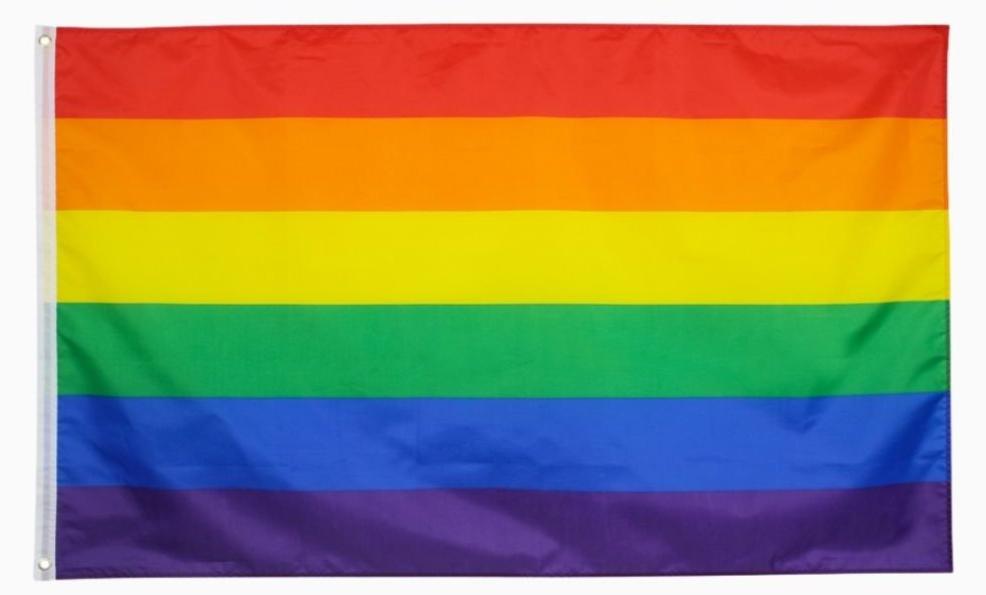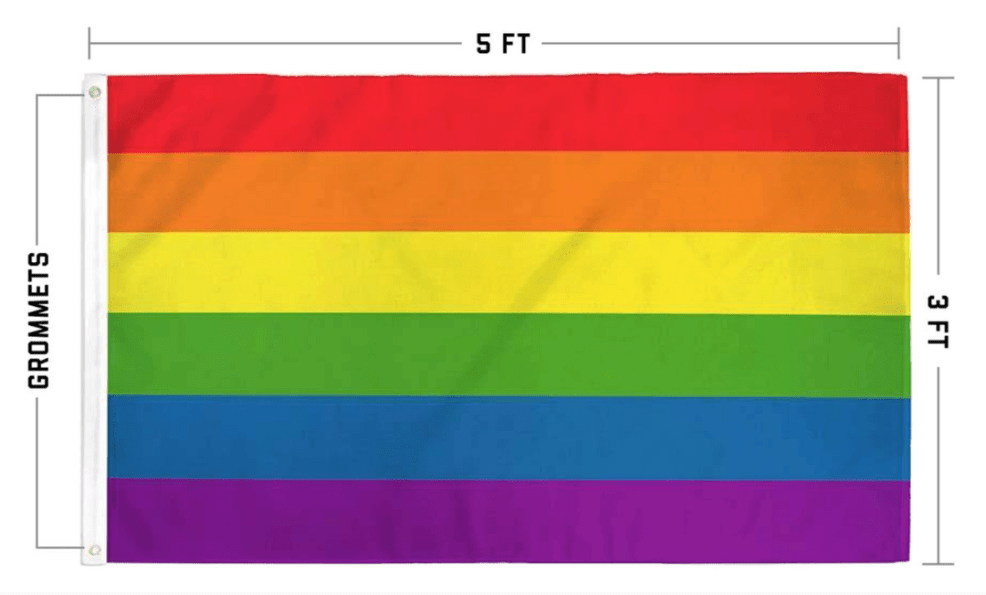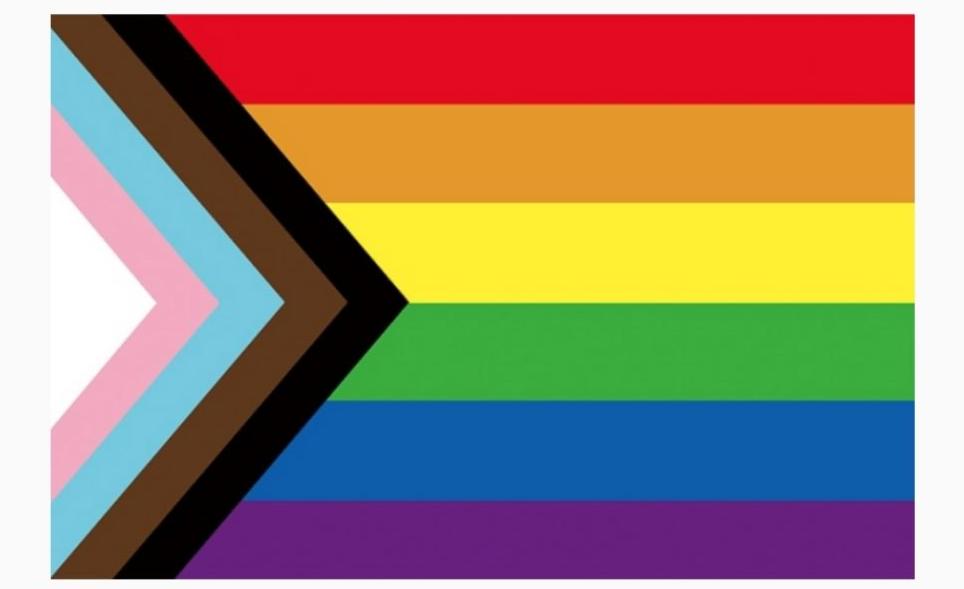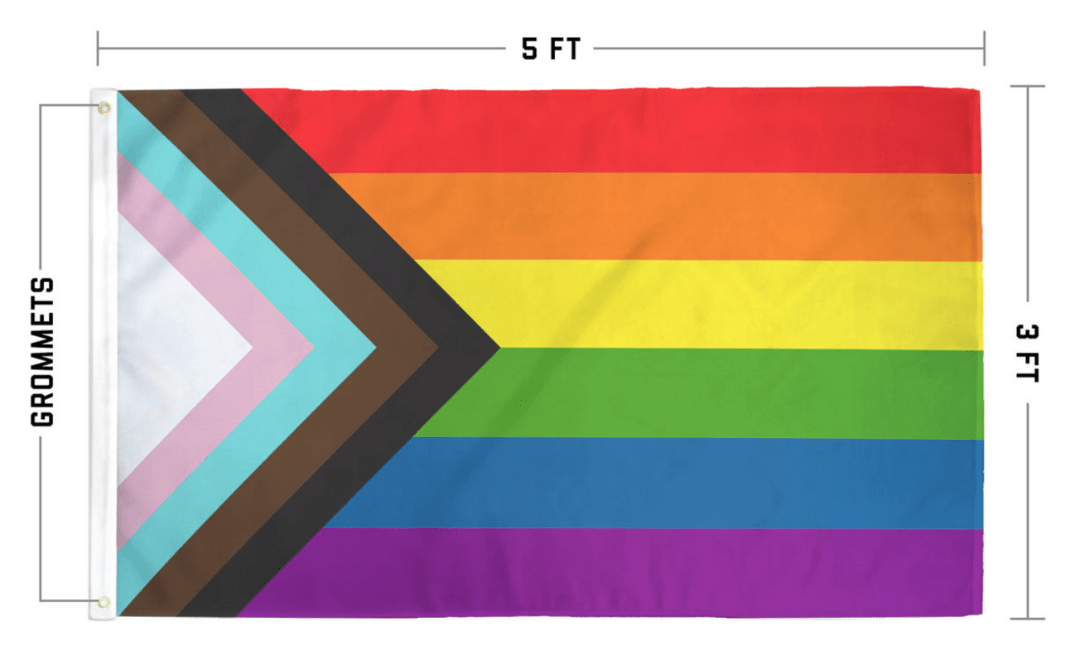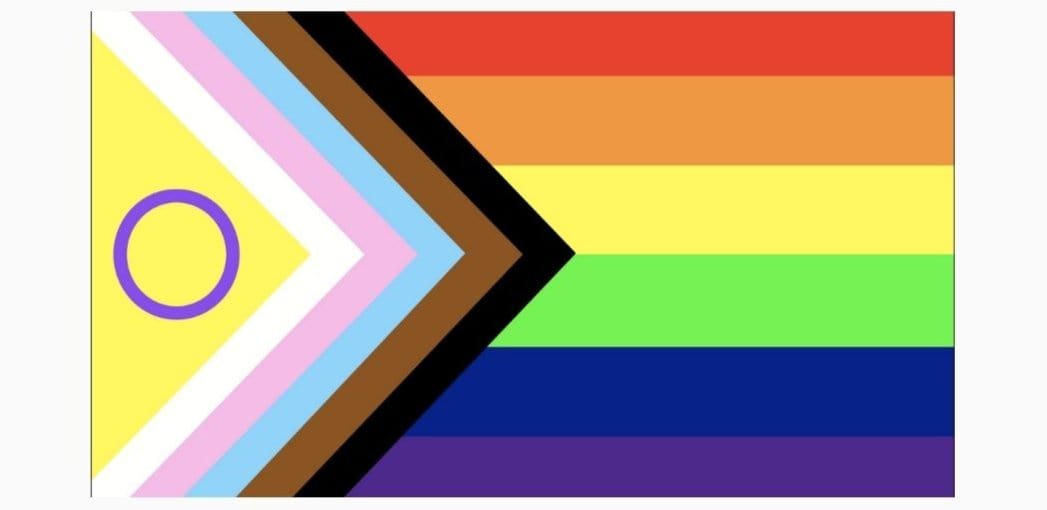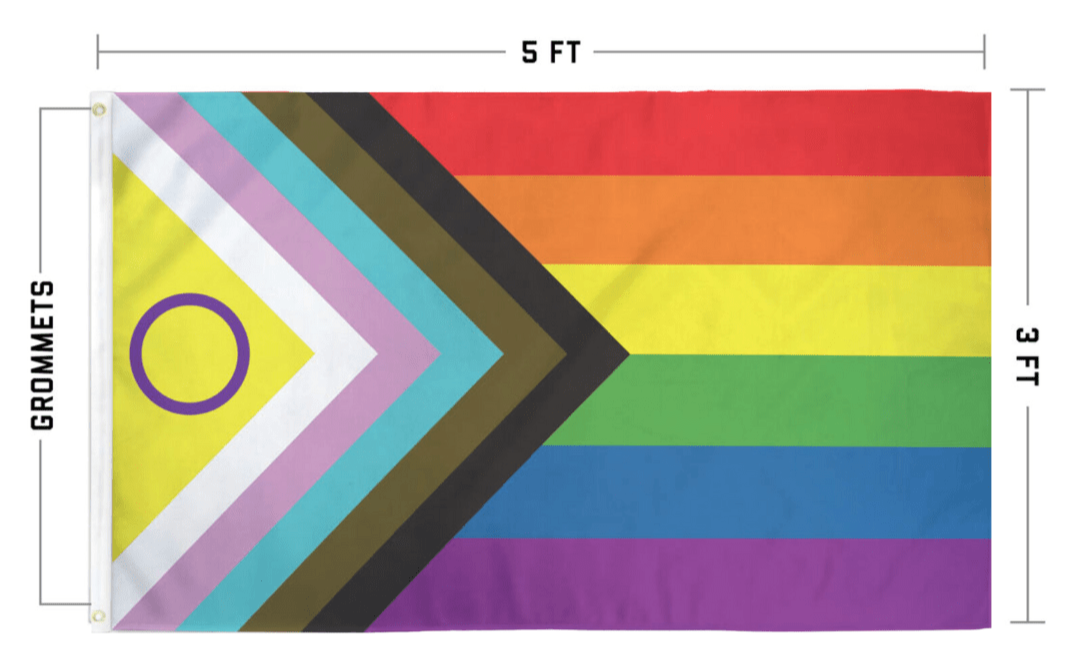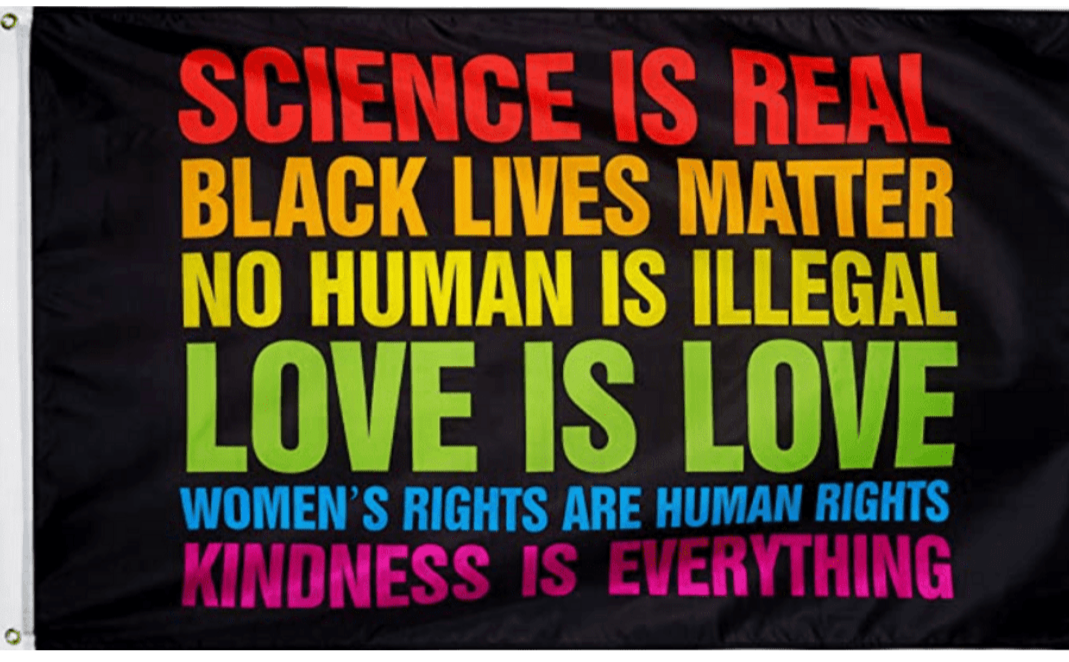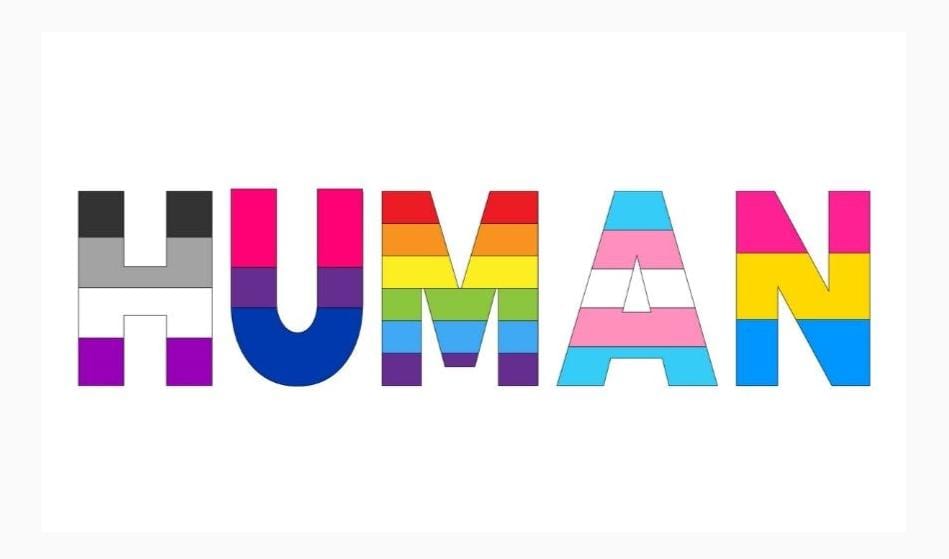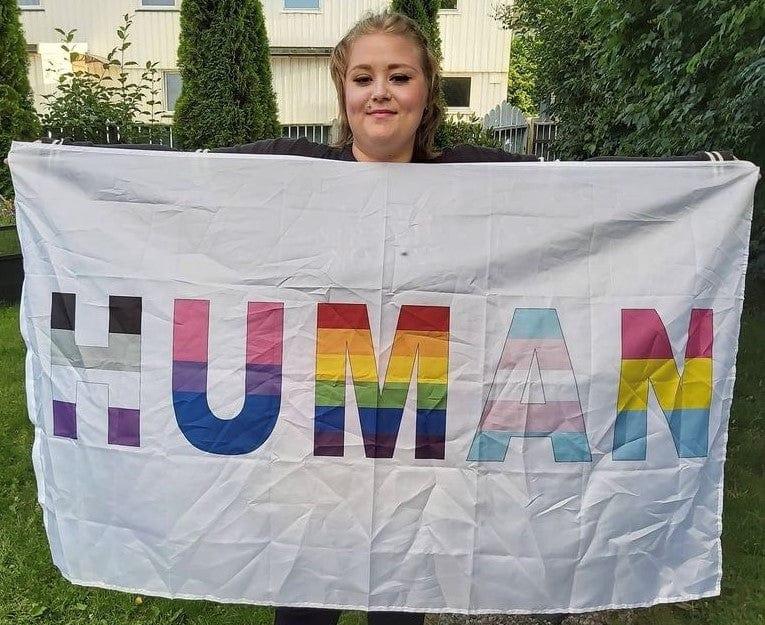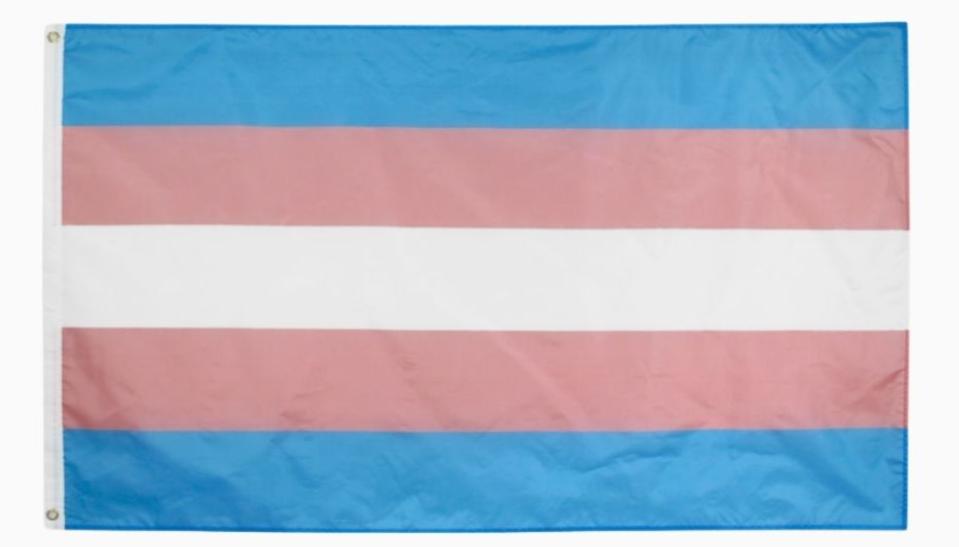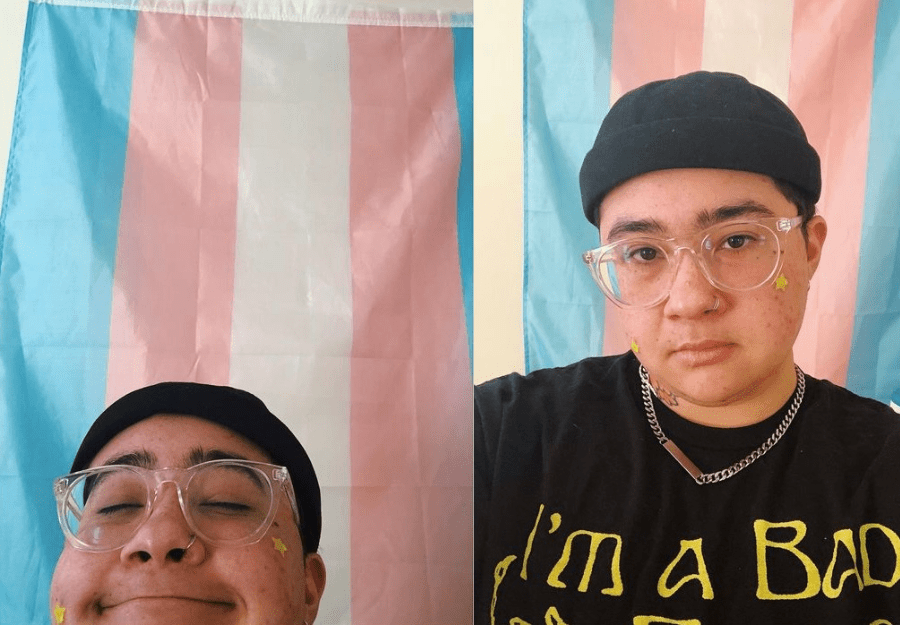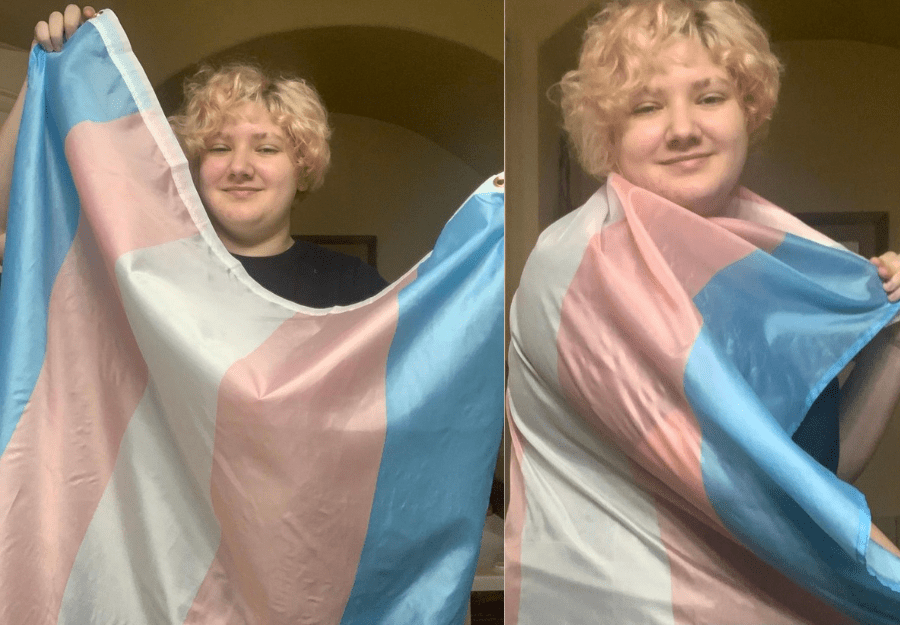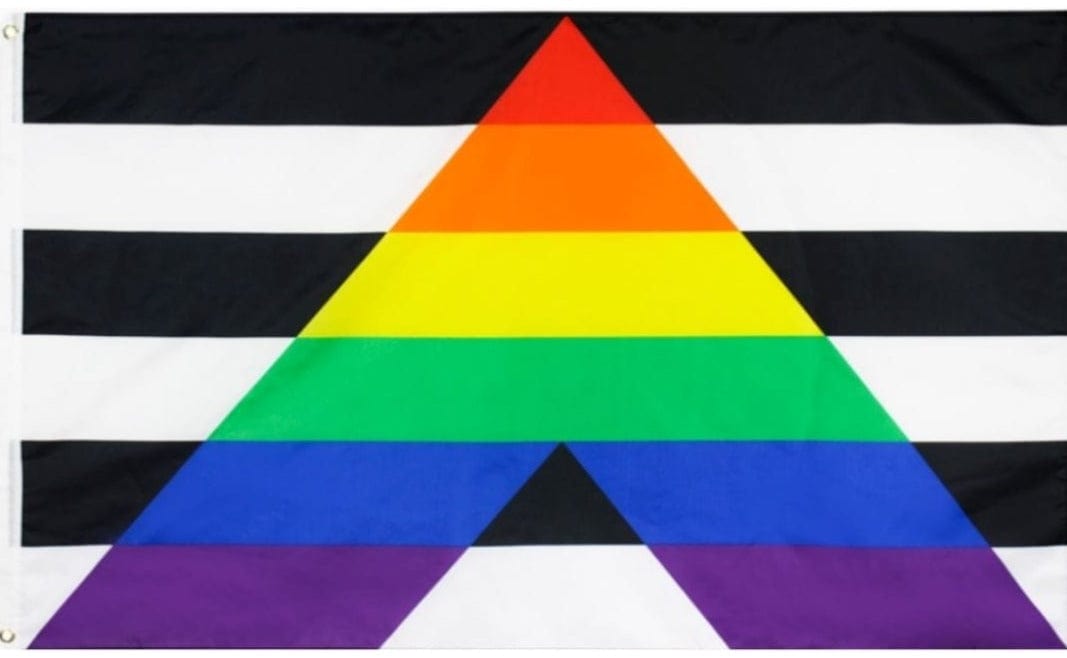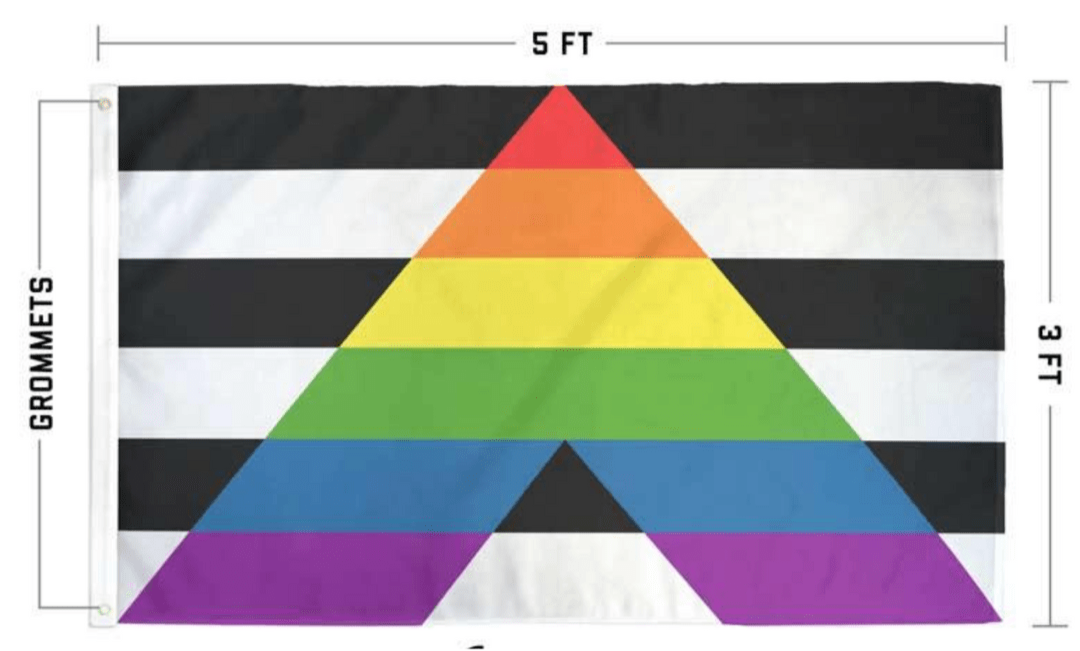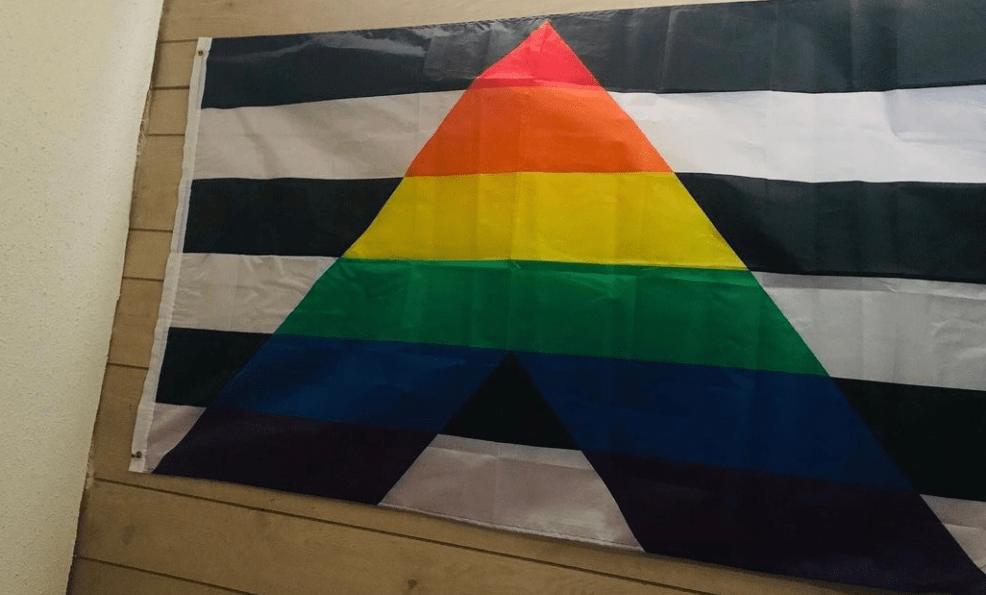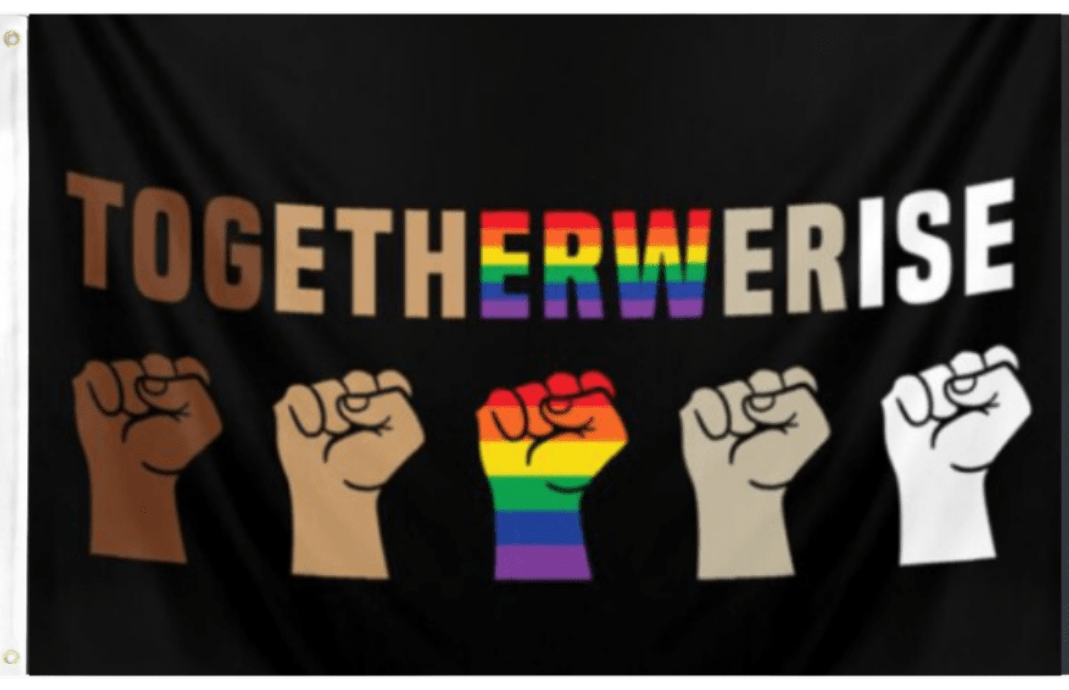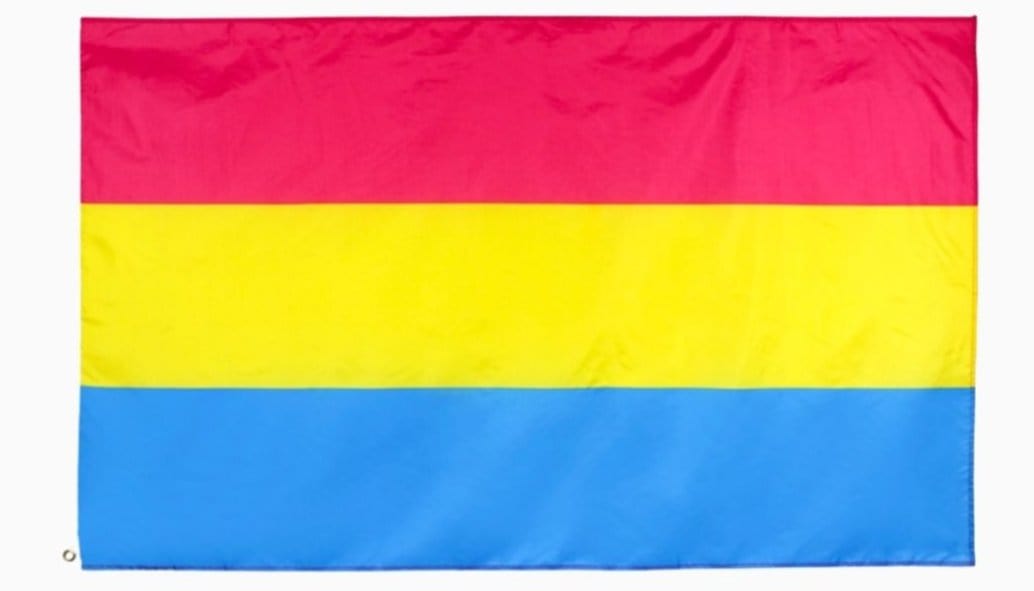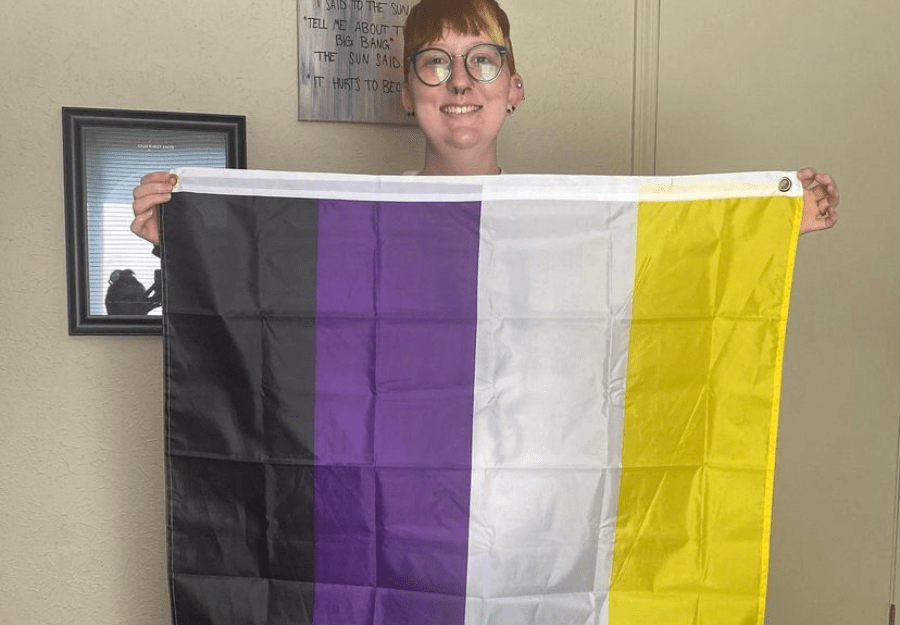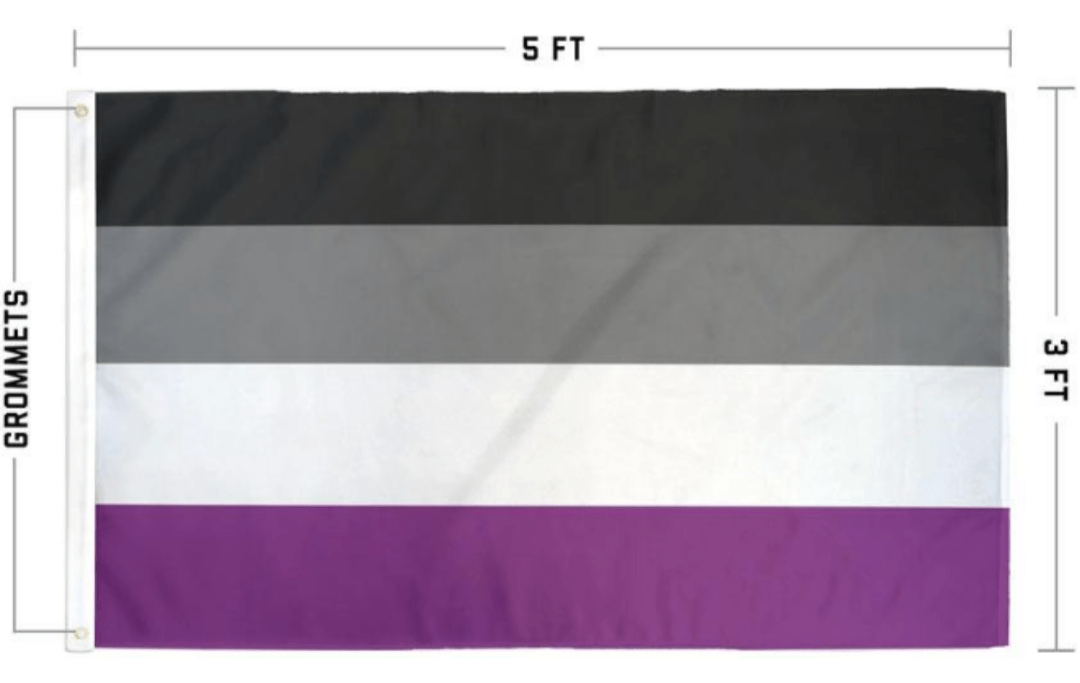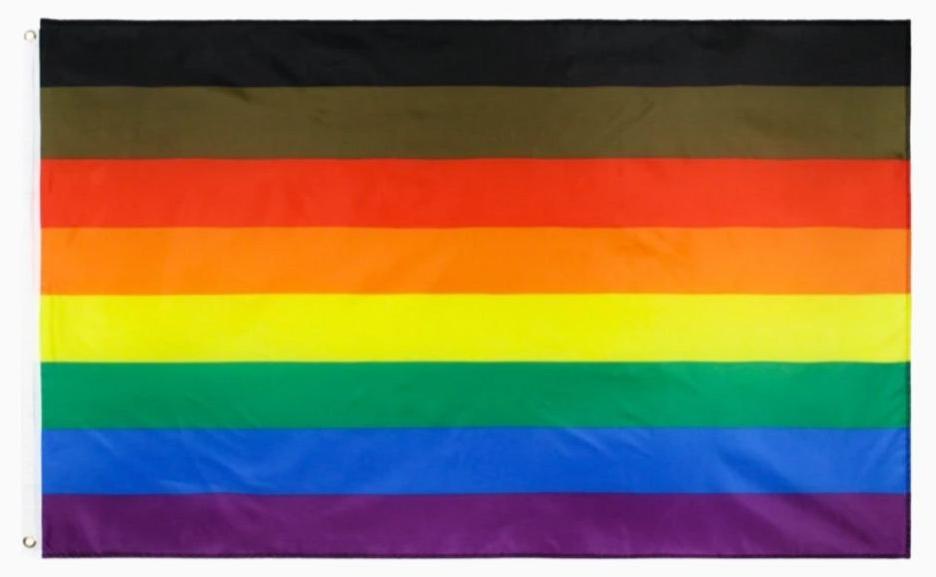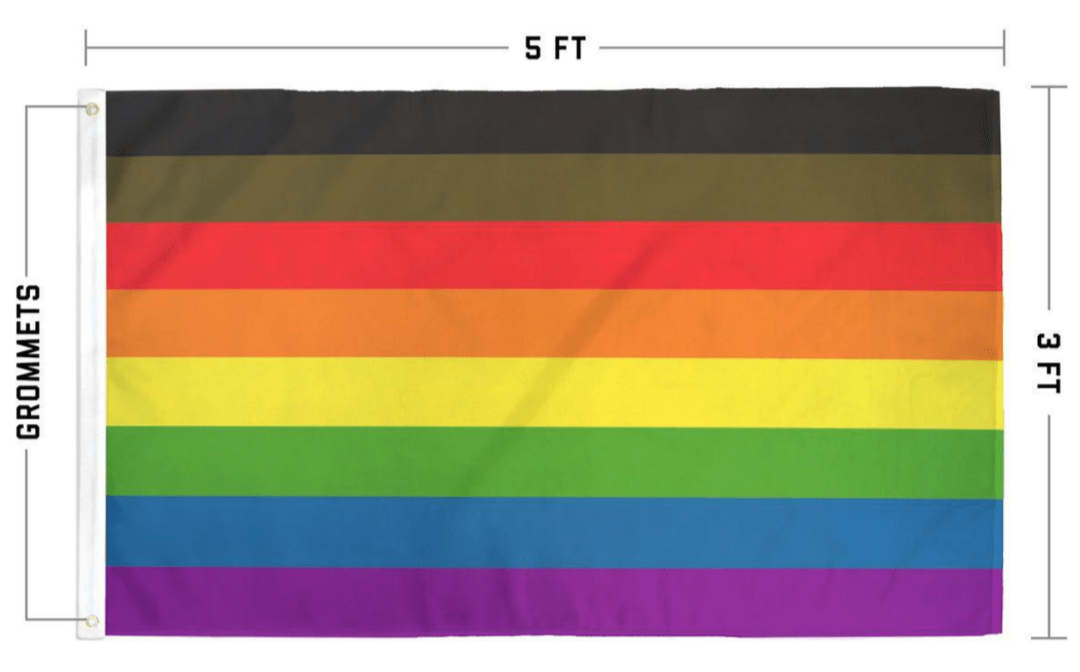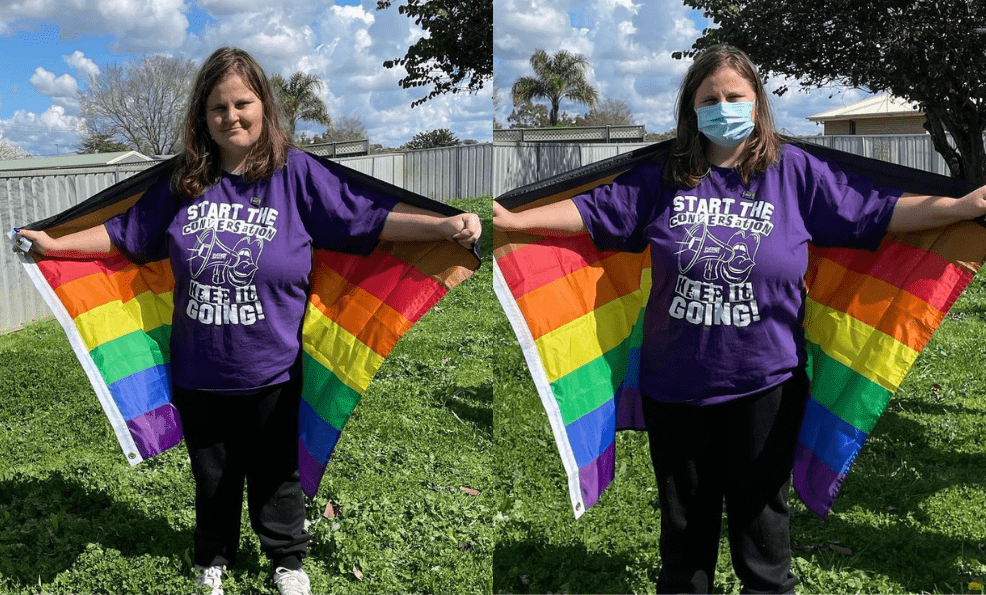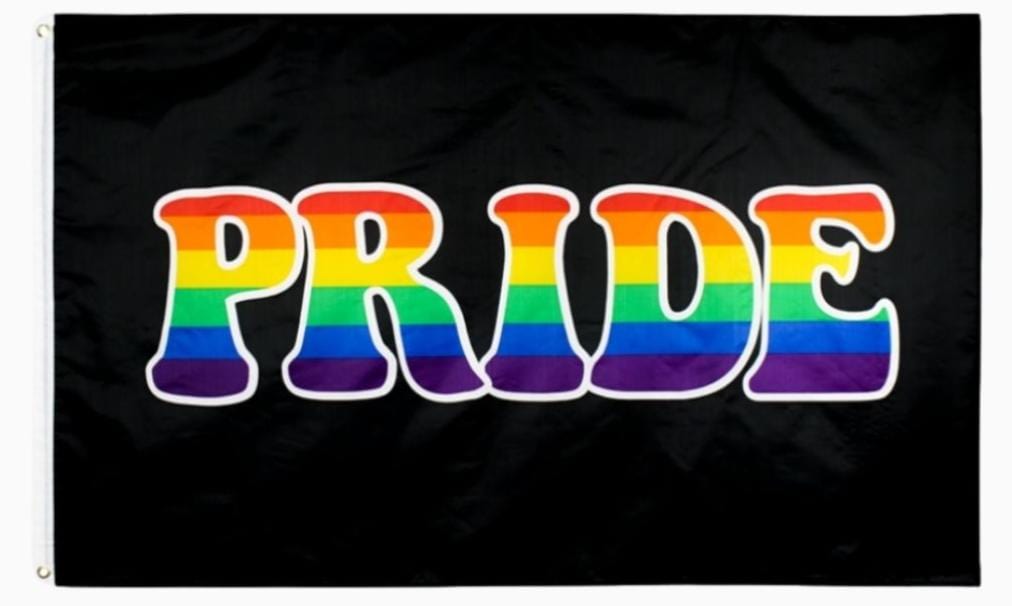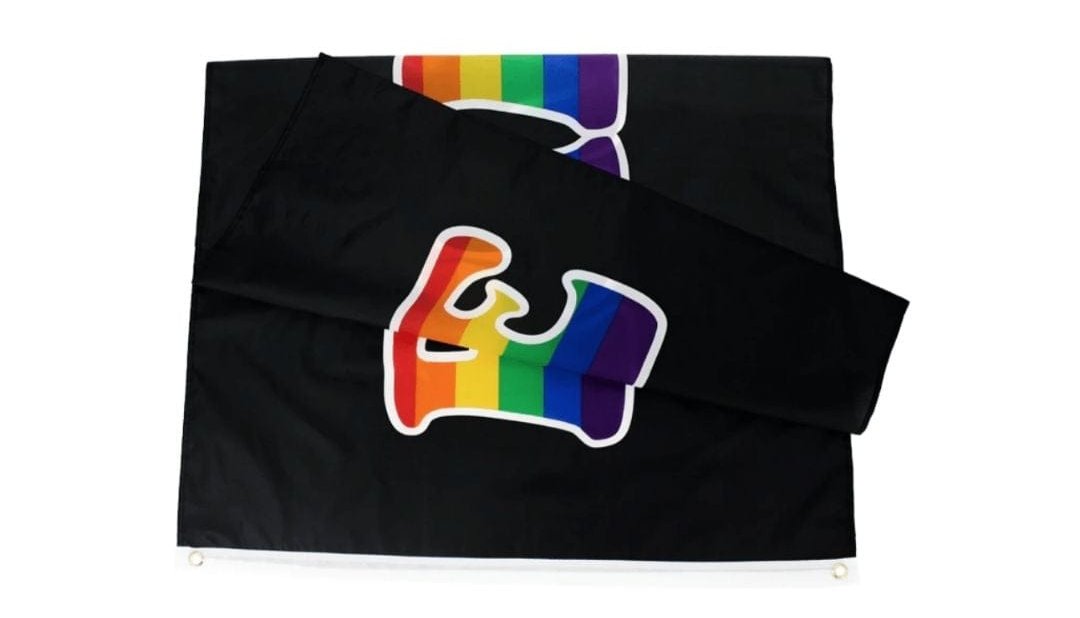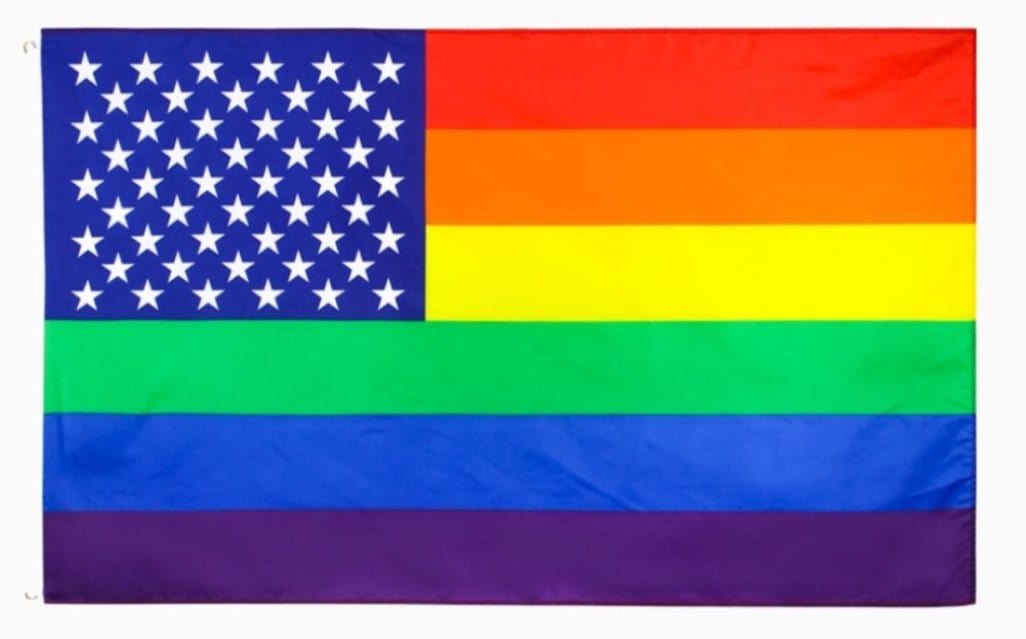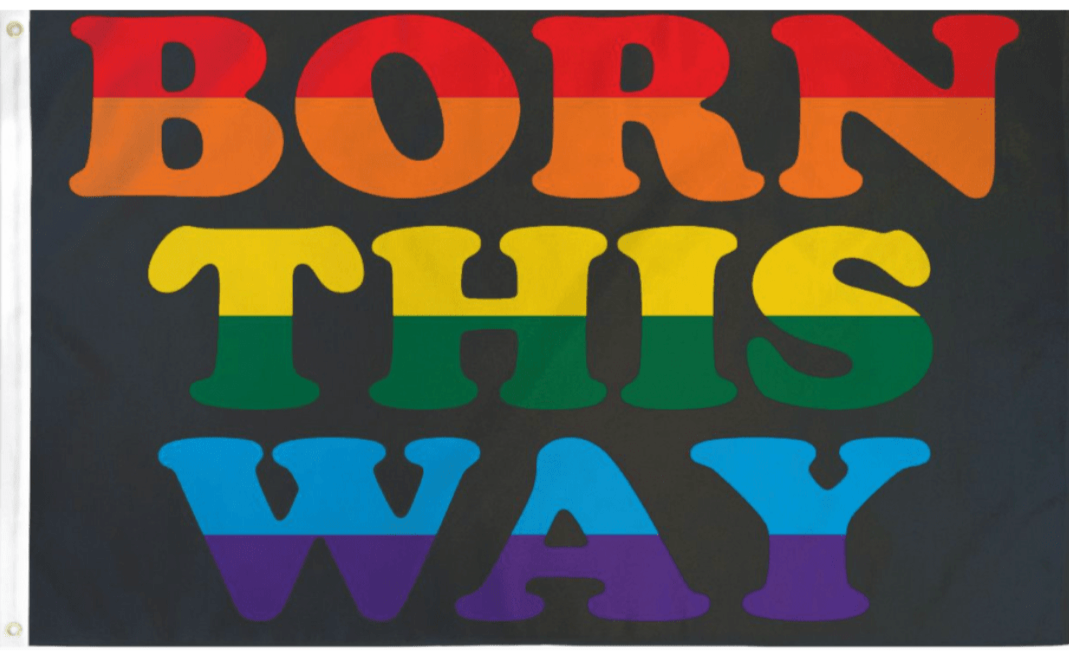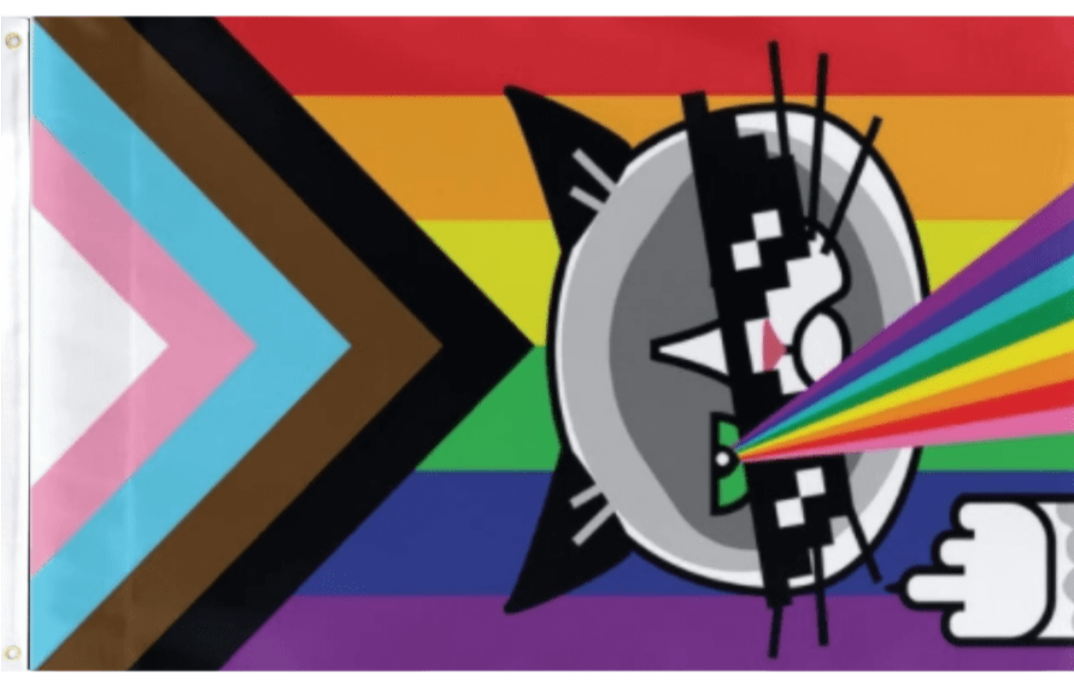An ethnonym is a name that is given or self-appointed to describe an ethnic group. These labels play a huge role in a group’s sense of collective identity, politics, and consciousness. The Hispanic and Latinx populations are quickly growing in the United States. As language is something that constantly evolves, the evolution of ethnonyms begins with the individual.
The LGBTQ+ community has always been proactive at creating space to discuss and examine identity politics, fighting against marginalization with social consciousness. Let’s break down the historical and cultural differences between the terms “Latinx” and “Hispanic” and examine how language explains and creates understanding about our identities.
The Pew Research Center recently reported that 50% of Americans who trace their roots back to Latin America exhibit a preference on how they wish to be identified and labeled.
To understand the cultural and historical nuances behind identity terminology, we must take time to understand the friction, hostility, and marginalization that people in typically disparaged communities have experienced. We must also make an active effort to understand how a person chooses to be labeled a critically important, layered, and personal decision. By furthering compassion and understanding of these nuances, we can act as a community to work to undo discriminatory practices and inequality. Language diversity is a powerful tool, and it has the power to bring people closer together.
Latinx: Unsubscribing from the Traditional Gender Binary of Romance Languages
The word “Latinx,” pronounced “Luh-Teen-eks,” was officially added to the Merriam-Webster dictionary in 2018 to describe those of Latin American descent who do not want to be identified by their ethnicity and racial identity through the perspective lens of gender. It can also mean that these particular individuals do not identify as being male or female. The term “Latinx” is also used as a way to reference an individual or group of individuals without assuming or ascribing a gender identity onto someone else by purposefully including space for interpretation and fluidity.
Spanish is considered a member of the Romance language family, which are languages that evolved from Latin origins. Other major romance languages include French, Italian, Portuguese, and Romanian. These national languages heavily utilize the gender binary in their descriptors, assigning a gendered interpretation to every noun. The word “Latinx” pushes back against a traditionally masculine-dominated language pattern by intentionally choosing and using a label that embraces gender fluidity.
Latinx came onto the scene in 2004, but it didn’t become popular until 2014, when it began to spread throughout U.S. college campuses. This term is especially popular within liberal communities.
Although it has contributed to a broader cultural shift in raising awareness of the gender spectrum, the label of ‘Latinx’ has yet to enjoy widespread popularity and usage as its earlier predecessors. In fact, the Real Academia Española, the world’s official source on the Spanish language, rejected the term in 2018.
The argument is that the addition of the word “Latinx” would threaten language conservation. Language is constantly be changing to mirror social progress and acceptance. It has also been said that the term “Latinx” erases the women's movement in identity politics because women in the 1970s had to fight for the word “Latina.” However, creating space for wider representation does not ever take away from the representation gained.
Taking a Closer Look at “Latino” and “Latina”
The words “Latino” and “Latina” are the second most used terminology within their community. These names are referring to a Latin American man and woman, respectively, from Latin America and the Caribbean.
The campaign for inclusion for these names first began in the 1980s by an activist group. The push for this identity terminology came because people wanted a more inclusive label of mixed-race people and those who fall into both Spanish-speaking and non-Spanish speaking groups. It gained traction as a movement of resistance against the term “Hispanic,” which is originally an American-created label. It is particularly popular on the West Coast. The U.S. Census officially adopted the word in 2000.
Hispanic: Starting from the Nixon Administration to the Current Majority Identifier
The term “Hispanic” was first used in the 1970s in the U.S. by the Federal Office of Management and Budget. It was then included in the census by the Nixon Administration to describe people with Spanish surnames of Spanish-speaking origin. It is currently the most widely used self-describer across the country with a current 2:1 rate. The popularity of terminology also tends to be regionally dependent.
This identity label of “Hispanic” has received some socio-political criticism over the years because it was created by the U.S. and ignored the ethnic differences and countries of origin spread across the community. The term has been accused of neglecting the respective cultures and conflicts of a wide range of individuals, promoting the agenda of Imperial Colonialism. It has received criticism for not including indigenous people.
The LGBTQ+ Movement’s Influence on Identity Politics in the Community
As a marginalized group themselves, the LGBTQ+ movement has worked hard to educate the general population on the fluidity of gender identity. When needing to self-describe their ethnicity and heritage, it is unnecessary to be forced to use binary language that does not feel right to the user. Through community education and organizing, the queer community is introducing important language that can be used to embrace and accept everyone as they truly are. The first step is vocabulary, but the subsequent steps can lead to a greater understanding of gender pronouns, unisex bathrooms, safer streets, and strengthening presence visibility.
The letter “x” in “Latinx” represents the multiple layers of identity that determine who someone is. Various characteristics make up our identities, including age, gender expression, gender identity, religious beliefs, sexual orientation, ethnicity, and heritage. Learning a language is not always an intuitive process. After all, no one was born automatically knowing the names of every group and the specific origin story behind them.
Blame or guilt over not knowing the “right” language needs to be let go. Instead, lean in and embrace the learning process. Living in society comes with historical baggage, like racism, sexism, classism, ableism, etcetera to unpack and deal with. Staying in tune and actively connected, even when it involves the struggle of unlearning and learning, will help build a future filled with more acceptance and compassion for others' differences. The language changes coincide with the changes in our society.
The Takeaway
It will always be crucial to understand that the specific labels of “Latinx” and “Hispanic” represent people who each contain a different and special combination of personal identities. These labels by no means need to fit into anyone else’s binary organizing system of thought if that does not feel right to them. Using someone’s preferred terminology is imperative, not to be “politically correct,” but to be considerate. Words hold power, and words affect the way people view themselves and their place in the world. Terminology will constantly be evolving and shifting as groups continue to redefine themselves.
Sources:
Latinx Explained: A History Of The Controversial World And How To Pronounce It | USA Today
Hispanic, Latino, Latina, or Latinx? | American Planning Association


